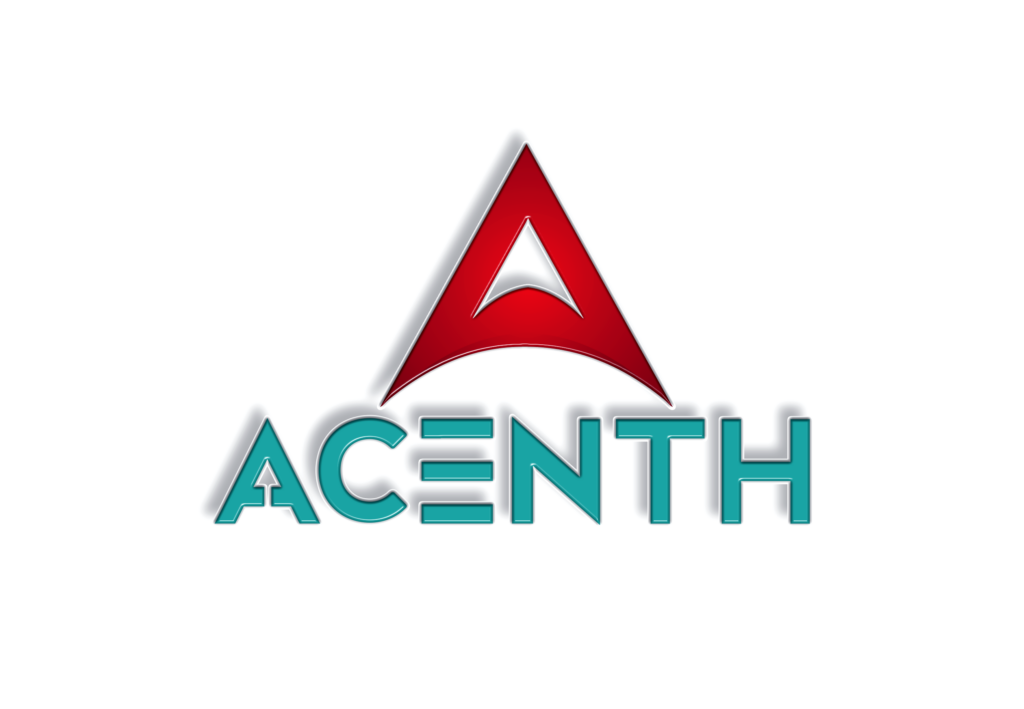Securing funding for clinical trials is critical to bringing new treatments and medical innovations to market. Understanding the various funding mechanisms and strategies available for healthcare professionals and researchers can make the difference between a successful trial and one that fails to get off the ground. At Acenth, a Clinical Research Organization (CRO) operating in the USA and China, navigating the complexities of clinical trial funding is an essential part of our mission to advance medical research.
The Importance of Funding in Clinical Trials
Clinical trials are inherently expensive endeavors, often requiring substantial financial resources to cover costs such as participant recruitment, data collection, regulatory compliance, and the development of investigational products. In both the USA and China, securing adequate funding is crucial to ensure that trials are conducted efficiently and yield reliable, actionable results. For healthcare professionals involved in clinical research, understanding the importance of funding and the various options available is key to successfully bringing new therapies to patients.
Traditional Funding Sources
- Government Grants and Public Funding
One of the most common sources of funding for clinical trials is government grants. In the USA, agencies like the National Institutes of Health (NIH) and the Food and Drug Administration (FDA) provide significant funding for clinical research, particularly for studies that address public health needs or explore treatments for rare diseases. Similarly, in China, the National Natural Science Foundation of China (NSFC) and the Ministry of Science and Technology (MOST) offer grants to support clinical trials. These public funding sources are precious because they often have fewer strings attached than private funding. However, the competition for these grants is fierce, and the application process can be lengthy and complex. For Acenth, leveraging government grants requires a deep understanding of the funding landscape in both the USA and China and the ability to craft compelling proposals that align with public health priorities. - Industry Sponsorship
Pharmaceutical and biotechnology companies are significant sponsors of clinical trials, particularly those that involve the development of new drugs or medical devices. Industry sponsorship can provide substantial funding, often covering the entire cost of a clinical trial. However, this type of funding can also come with certain expectations, such as timelines, trial design specifications, and reporting requirements that align with the sponsor’s strategic goals. For healthcare professionals, partnering with industry sponsors can offer access to additional resources and expertise, but it also requires careful consideration of the potential conflicts of interest that may arise. At Acenth, managing industry-sponsored trials involves balancing the sponsor’s needs with the ethical obligations to patients and the scientific integrity of the research. - Academic and Nonprofit Funding
Academic institutions and nonprofit organizations are also important funding sources for clinical trials. Universities, research foundations, and disease-specific organizations often provide grants or other financial support for clinical research, particularly for early-stage or exploratory studies. These organizations may also offer collaborative opportunities, allowing researchers to tap into additional expertise and resources. In the USA and China, academic and nonprofit funding can be a critical lifeline for researchers working on innovative or high-risk projects that may not yet attract industry interest. For Acenth, fostering partnerships with academic and nonprofit organizations is essential for expanding funding opportunities and advancing research that aligns with our mission.
Innovative Funding Strategies
- Crowdfunding and Patient Advocacy
In recent years, crowdfunding has emerged as an innovative way to raise funds for clinical trials, particularly for rare diseases or niche conditions that may not attract traditional funding sources. Platforms like GoFundMe or Kickstarter allow researchers to solicit small donations from many people, often with the support of patient advocacy groups. Patient advocacy organizations play a crucial role in crowdfunding efforts, helping to raise awareness and mobilize their communities to support clinical trials. For healthcare professionals, engaging with these groups can be a powerful way to secure funding while building a strong patient-centered approach to research. At Acenth, we recognize the potential of crowdfunding and patient advocacy as part of a broader strategy to support underfunded or high-risk trials. - Venture Capital and Private Equity
Venture capital (VC) and private equity (PE) firms are increasingly investing in clinical trials, particularly those with the potential for significant financial returns, such as trials for breakthrough therapies or cutting-edge medical technologies. While these investors typically seek a return on investment, they can also provide substantial funding and strategic guidance. For healthcare professionals and CROs, working with VC and PE firms requires a clear business plan and the ability to demonstrate the commercial viability of the trial. This type of funding is often most appropriate for later-stage trials where the risks are lower and the potential for success is higher. At Acenth, we carefully evaluate opportunities to partner with venture capital and private equity firms to ensure that our trials’ strategic goals align with these investors’ interests. - Collaborative Funding Models
Collaborative funding models, such as public-private partnerships or consortiums, offer a way to pool resources and share the financial burden of clinical trials. These models bring together government agencies, industry sponsors, academic institutions, and nonprofit organizations to co-fund clinical research. By spreading the risk and cost across multiple stakeholders, collaborative funding can enable larger and more ambitious trials that might not be possible with a single funding source. In the USA, the NIH and other agencies have increasingly embraced public-private partnerships to accelerate drug development and bring new therapies to market. In China, similar initiatives are beginning to take shape as the government seeks to foster innovation in the life sciences sector. For Acenth, participating in collaborative funding models allows us to leverage a diverse range of resources and expertise, enhancing the scope and impact of our clinical trials.
Navigating the Funding Landscape
Securing funding for clinical trials requires more than just identifying potential sources; it also involves navigating the complex landscape of funding opportunities, regulatory requirements, and stakeholder expectations. For healthcare professionals, understanding the nuances of different funding mechanisms and strategies is essential to successfully securing the resources needed to conduct high-quality clinical research.
At Acenth, our approach to funding is multifaceted, involving a combination of traditional funding sources, innovative strategies, and collaborative partnerships. By staying attuned to the evolving funding landscape in both the USA and China, we can offer healthcare professionals the support they need to bring new therapies to patients.
The future of clinical trial funding is likely to be shaped by a combination of emerging technologies, shifting regulatory environments, and evolving patient expectations. For healthcare professionals and CROs, staying ahead of these changes will require continuous adaptation and a willingness to explore new funding models and strategies.
At Acenth, we are committed to not only meeting the current funding challenges but also preparing for the future. By embracing innovation, fostering collaboration, and maintaining a patient-centered focus, we aim to continue leading the way in clinical trial funding and supporting the development of life-saving therapies.
Sources:
- Getz, K. A., & Campo, R. A. (2017). New Approaches to Clinical Trial Funding: Trends and Implications. Therapeutic Innovation & Regulatory Science.
- Huang, R., & Zhang, L. (2019). The Role of Venture Capital in Clinical Trials: A Comparative Analysis of the USA and China. Journal of Clinical Research.
- Smith, J., & Jones, P. (2020). Collaborative Funding Models in Clinical Trials: Public-Private Partnerships and Beyond. Journal of Health Economics.





















